Описание
Введение
Нефтяные трубопроводы - это механические устройства, используемые в нефтегазовой отрасли для очистки и поддержания трубопроводов. Эти устройства проходят через трубопроводы, которые приводят к потоку продукта, для удаления отложений, мусора и примесей. Основной целью трубопроводных свиней является обеспечение эффективного потока и безопасной работы трубопровода. Они помогают сохранить целостность трубопровода, предотвращать закупорку и продлевать срок службы инфраструктуры.
Трубопроводные свиньи играют решающую роль в нефтегазовой промышленности по нескольким причинам:
- Повышенная операционная эффективность: Удаляя месторождения и мусор, трубопроводные свиньи гарантируют, что поток нефти или газа является оптимальным, снижая потребление энергии и эксплуатационные расходы.
- Безопасность и соблюдение: Регулярные операции по связыванию помогают обнаружить и предотвратить коррозию и утечки, минимизируя риск опасных инцидентов. Это важно для удовлетворения правил безопасности и защиты как работников, так и окружающей среды.
- Экономия стоимости: Профилактическое обслуживание с помощью свиньи снижает необходимость дорогостоящего ремонта и замены. Этот проактивный подход продлевает срок службы трубопровода и сокращает время простоя.
- Универсальность: Pipeline pigs can be used in various pipeline materials and configurations, making them adaptable to different operational needs.
- Защита окружающей среды: By maintaining the integrity of the pipeline, pigs help prevent spills and leaks that could harm the environment.
Параметры
| Имя | Модель | Производительность | Технические параметры |
| Гигроскопическая пена свинья | Lcqz-rth | 1. It is formed by one-time foaming of polyether polyurethane material. | Starting pressure: 0.2-0.3 MPa |
| 2. Soft texture, and good elasticity. | Density: 35 kg/m³~150 kg/m³ | ||
| 3. It has strong water absorption performance. And the deformation amount can reach 70%. | Withstand pressure: 7 MPa | ||
| 4. Remarkable effect on dewatering, degreasing, and drying of pipelines. | Скорость растяжения: 320% | ||
| Compression ratio: 60 | |||
| Срок службы гибкости: 50 000 раз | |||
| Attrition rate: 4 mm/100 km | |||
| Operating distance: 50 km~150 km | |||
| Operating temperature: -30℃~100℃ |
Understanding Oil Pipeline Pigs
Свинья нефтяного трубопровода - это специализированный инструмент, предназначенный для выполнения различных задач по техническому обслуживанию и проверке внутри трубопроводов. Эти устройства называются «свиньи» из -за ранних моделей визга, сделанных при прохождении по трубам. Современные трубопроводные свиньи бывают разных форм, размеров и материалов, адаптированные к определенным условиям трубопровода и целям. Они, как правило, изготовлены из пены, стали или других прочных материалов и могут быть оборудованы щетками, скребками и другими компонентами для повышения их функциональности.
Как работают трубопроводные свиньи
Трубопроводные свиньи вставляются в трубопровод на назначенной запускной станции и пролистают через трубопровод под давлением потокового продукта, такого как нефть или газ. Когда свинья проходит через трубопровод, она выполняет несколько критических функций:
- Уборка: Свинья, скребки или другие чистящие элементы удаляют мусор, масштаб и отложения из внутренних стен трубопровода. Это чистящее действие помогает поддерживать беспрепятственный поток продукта.
- Осмотр: Некоторые свиньи, известные как «умные свиньи», оснащены датчиками и инструментами для сбора данных. Эти свиньи могут осмотреть трубопровод на наличие аномалий, таких как коррозия, трещины или другие структурные недостатки, предоставляя ценные данные для планирования технического обслуживания.
- Герметизация и разделение: Некоторые свиньи предназначены для создания уплотнения внутри трубопровода, что позволяет им разделять различные продукты, которые транспортируются или выталкивают оставшийся продукт во время вывода из эксплуатации.
- Обезвоживание и сушка: В частности, пенные свиньи могут использоваться для удаления воды и влаги из трубопровода, гарантируя, что продукт остается незагрязненным и что трубопровод сухой, что имеет решающее значение для предотвращения коррозии.
Свинья извлекается на приемной станции в конце своей пробега, где ее можно проверить, очистить и подготовить к будущему использованию. Этот процесс известен как «свинарство» и является обычной частью технического обслуживания трубопроводов, чтобы обеспечить долговечность и безопасность инфраструктуры.
Типы нефтяных свиней
- Пенопластовые свиньи
- Пенистые свиньи легкие и гибкие, изготовленные из пены с открытыми или замкнутыми или закрытыми клетками. Они часто используются для очистки, сушки и удаления воды из трубопроводов. Их гибкость позволяет им ориентироваться в сложных геометриях, включая изгибы и различные диаметры.
- Стальные свиньи
- Стальные свиньи содержат надежный стальный корпус с заменяемыми компонентами, такими как щетки, чашки и диски. Эта конструкция позволяет выполнять задачи по чистке и очистке с тяжелыми чистками, что делает их долговечными и настраиваемыми для различных условий трубопровода.
- Стрыть свиньи
- Свиньи оснащены проволочными или пластиковыми щетками, которые очищают внутренние стены трубопровода, чтобы удалить ржавчину, масштаб и другой мусор. Они могут быть адаптированы для разных уровней истирания и особенно эффективны в металлических трубопроводах.
Почему Они называются свиньи?
Термин «свинья» в контексте технического обслуживания и очистки нефтяных трубопроводов имеет любопытное и несколько загадочное происхождение. Различные теории и мифы пытаются объяснить, как эти основные устройства стали известны под таким необычным именем. Здесь мы исследуем некоторые из наиболее распространенных объяснений.
Общие теории и мифы
1. Ранний дизайн и теория звука
Одна из наиболее широко принятых теорий заключается в том, что название «свинья» происходило из ранних дизайнов этих устройств. Первые свиньи были изготовлены из соломы, обернутой в проволоку, и когда они путешествовали по трубопроводу, они издали визг, напоминающий свинью. Эта теория предполагает, что характерный звук привел к принятию термина «свинья».
2. Теория аббревиатуры
Другая популярная теория заключается в том, что «свинья» обозначает «датчик проверки трубопровода» или «гаджет вмешательства трубопровода». Эти аббревиатуры отражают основные функции свиней, которые должны осматривать и чистить внутреннюю часть трубопроводов. Со временем аббревиатура стала наиболее часто используемым термином.
3. Теория сжигания действий
Некоторые считают, что термин возник в результате действия самой свиньи. Когда устройство перемещается по трубопроводу, оно царапает и очищает стены, очень похоже на то, как свиньи корни в грязи. Это энергичное действие по очистке могло вдохновить название.
4. Юмористическое объяснение
Более легкомысленное объяснение состоит в том, что термин «свинья» был выбран просто потому, что это было веселое и запоминающее имя. Учитывая часто резкие и монотонные условия обслуживания трубопровода, причудливое название, такое как «свинья», могло бы обеспечить немного юмора и легкомыслия для работы.

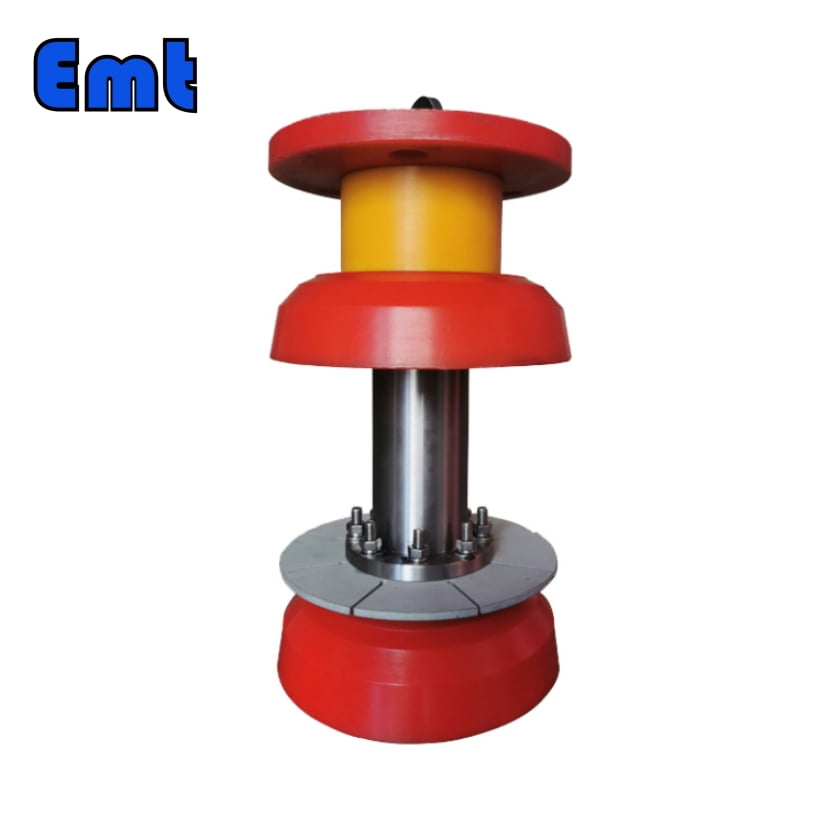
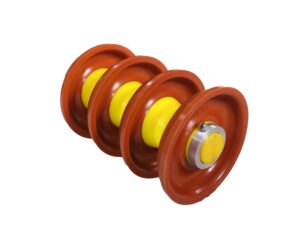
-300x300.jpg)
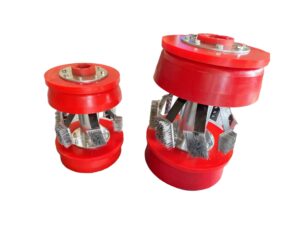
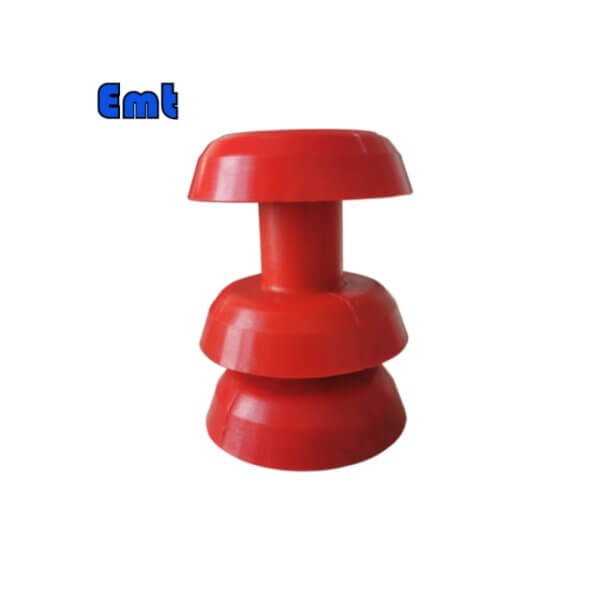
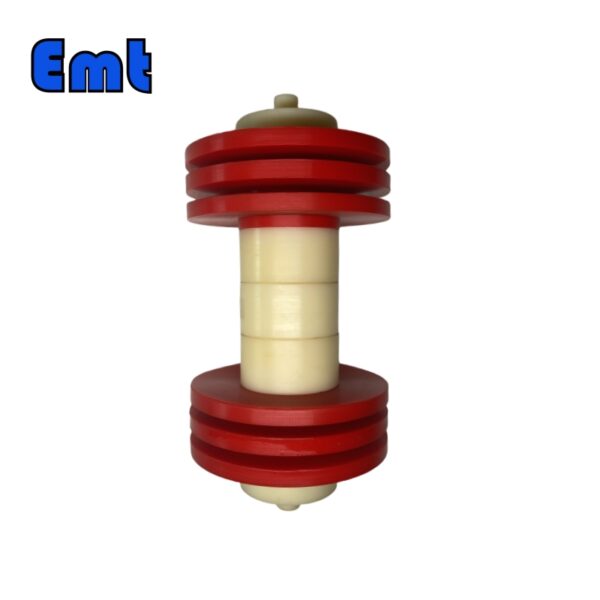
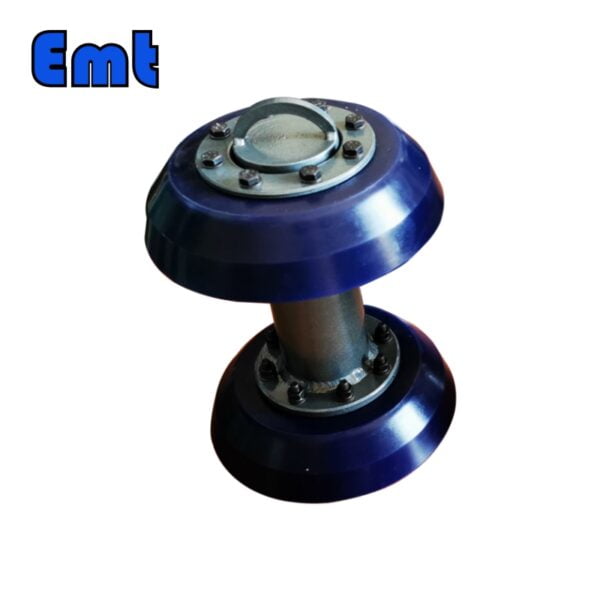
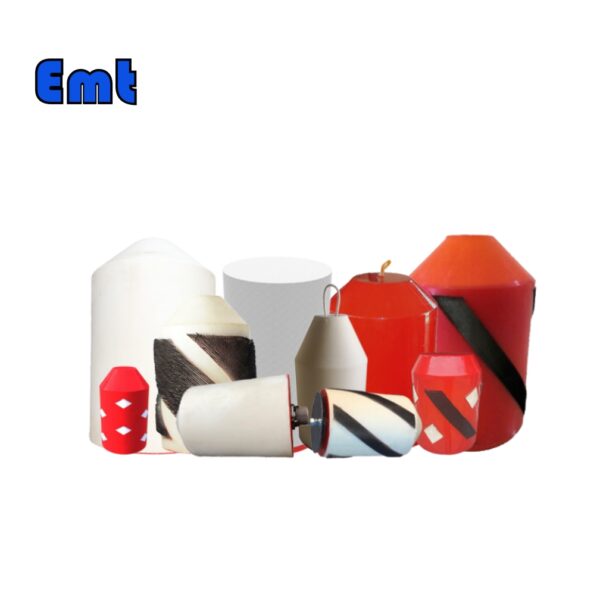
Отзывы
Пока нет отзывов.